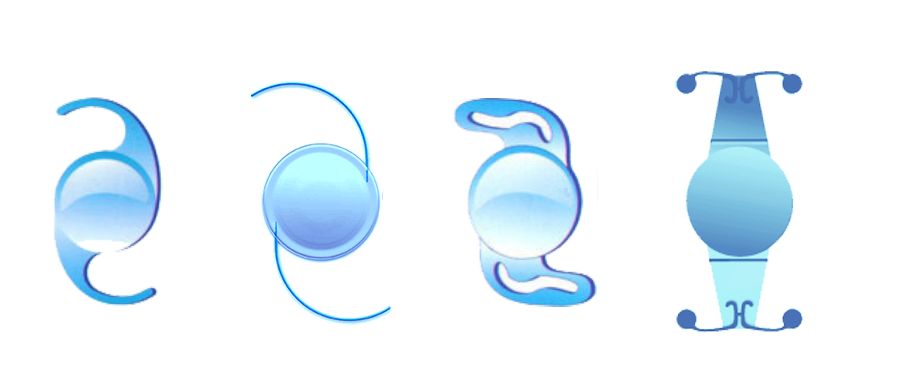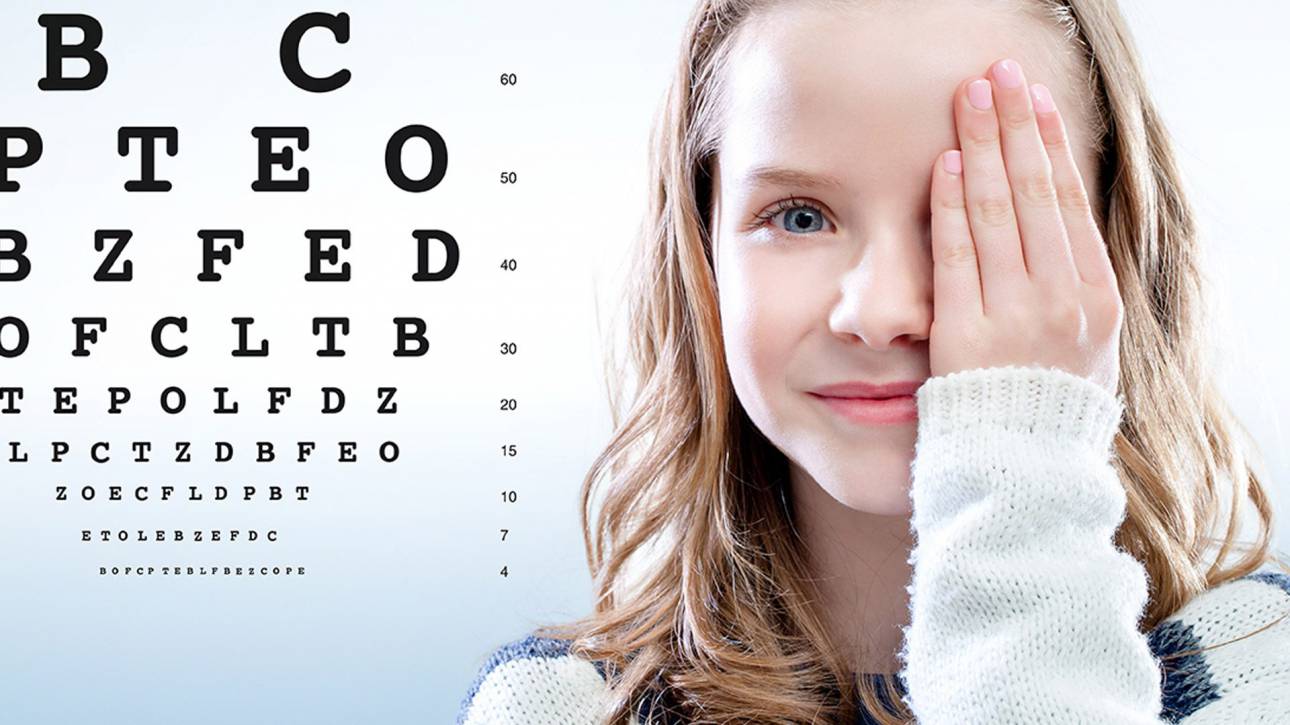Index
La senile cataract is an eye condition characterized by loss of transparency of the lens, the natural lens of the eye that is behind the pupil and allows you to focus images depending on the distance.
Senile cataracts arise due to physiological phenomena related to aging and typically appears after 60-65 years of agesometimes in one eye, sometimes in both eyes. The rate at which cataracts progress varies from person to person, but is usually gradual over the years.
The clouding of the lens is not reversible, but protecting the eyes from UV rays from an early age helps prevent or delay the onset of this condition.
Symptoms
Symptoms of cataracts can vary according to the stage of evolution and also from person to person.
Allo initial stage (incipient) often there are no particular symptoms, but in some cases the lens can undergo a variation in the refractive index and determine the appearance of refractive defects previously absent, such as a slight farsightedness or a tendentially progressive myopia (index myopia). In these cases the problem is solved simply with the prescription of corrective lenses.
As the cataract progresses, symptoms such as blurred vision, faded vision, altered color perception, loss of contrast, photophobia, glare, difficulty reading in dimly lit environments, double vision, symptoms that tend to intensify as time passes.
Allo evolved stage (browning), the lens reaches a degree of opacification such as to represent a strong impediment to the passage of light inside the eye. If no action is taken, the lens acquires a dark color completely impenetrable by light (cataract nigra), which determines a condition of real blindness.
How do people with cataracts see?


Diagnosis
Cataracts are diagnosed by instrumental tests such asA-Scan ultrasound, which provides a measure of the size and hardness of the lens, theB-Scan ultrasound, which evaluates the position of the lens in relation to the ciliary body and the possible presence of vitreous retinal tractions, IOL-Master, which provides anatomical parameters such as the length of the eyeball and the distance between the cornea and the lens, the Pentacam, which measures the thickness and curvature of the cornea, the optical coherence tomography (OCT) high resolution, which analyzes the retina in detail to rule out the presence of retinal pathologies.
Treatment
Cataracts are treated with a surgical procedure that involves removing the opacified lens and replacing it with a intraocular lens (IOL) perfectly transparent artificial. This can be achieved using the laser (femtolaser) or ultrasound (phacoemulsification).
Whatever the technique used, it is advisable not to wait for the cataract to arrive at the most advanced stage also because, as the opacification increases, the lens acquires a particularly high hardness and this can complicate the execution of the surgery.
Phacoemulsification
Phacoemulsification is thecataract surgery more performed. This procedure uses torsional ultrasound to eliminate the opacified lens, is performed in outpatient mode and lasts about 10-15 minutes. Its execution is minimally invasive and absolutely painless thanks to the administration of local anesthetic eye drops and, if desired, in a mild intravenous sedation. The postoperative lasts a few days and is free from particular hassles.

Phacoemulsification gives excellent results and is able to restore perfectly clear vision. During the preoperative eye examination, both the type of correction most suitable for the patient and the type of IOL to be implanted are established (yellow, toric lenses o Multifocal).
Contraindications are very rare but it should be borne in mind that the risk of complications or less satisfactory outcomes are possible, particularly in patients suffering from serious pathologies of the cornea, retina or optic nerve. For this reason, before undergoing cataract surgery it is very important to evaluate together with your ophthalmologist how to obtain the maximum benefit from the intervention by minimizing the risk of side effects.
Pathology and treatment on video
Do you need more information?
Do not hesitate to contact me for any doubt or clarification. I will evaluate your problem and it will be my concern and that of my staff to answer you as quickly as possible.




